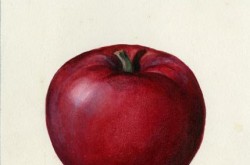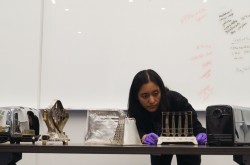Light Bulb
This article was originally written and submitted as part of a Canada 150 Project, the Innovation Storybook, to crowdsource stories of Canadian innovation with partners across Canada. The content has since been migrated to Ingenium’s Channel, a digital hub featuring curated content related to science, technology and innovation.
The bright future.
Thomas Edison didn’t invent the electric light bulb. Credit for that illuminating discovery must go to an unlikely duo from Toronto. Dreaming of a bright future in 1874, medical student Henry Woodward and hotelkeeper Mathew Evans fashioned a bulb out of a glass tube that contained a large piece of carbon connected to two wires. When they hit the switch, the current flowed and the carbon glowed. But not for long. They then filled their bulb with inert nitrogen to prolong the burn. After testing the bulb with repeated success, the Torontonians patented their invention in both Canada and the United States and then confidently set out to secure the financing needed to take their bright idea from lab to marketplace. As has so often happened in Canada, they failed. Time and time again they were told their idea was just too risky. Unfunded, they looked for a buyer of both the U.S. patent rights for their bulb and the exclusive licence to their Canadian patent as well. The entrepreneurial Edison was quick to close the deal. The Wizard of Menlo Park then refined their design and unveiled his own miraculous invention in a dramatic display on New Year’s Eve 1879. The subsequent electrification of the world made this Canadian innovation one of the most important contributions to modern life. In all the jubilation, only two men were left alone in the dark.























